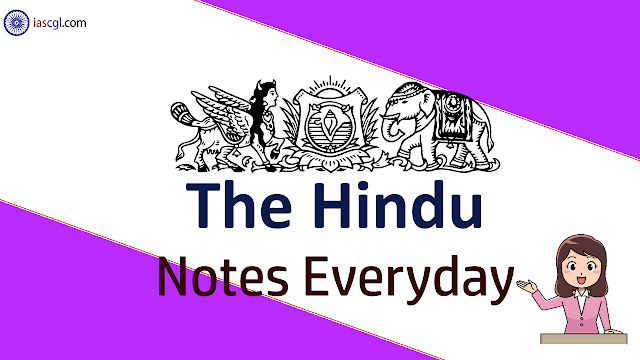Read The Hindu Notes of 30th January 2019 for UPSC Civil Service Examination, State Civil Service Examination and other competitive Examination

- Think universal basic capital
- Gandhi and the Socratic art of dying
- Clearer TV
- Stress and strain
- ‘India should learn from Russia’s doping scandal’
- Flawed political move
Think universal basic capital
A simplistic universal basic income will not solve the fundamental problems of the economy
Ground still to be covered
Disruption and basic income
Economic inequality matters
An alternative approach
Gandhi and the Socratic art of dying
There is a process of learning in the Gandhian act of self-suffering
An intertwining
Socratic aspects

0Comments